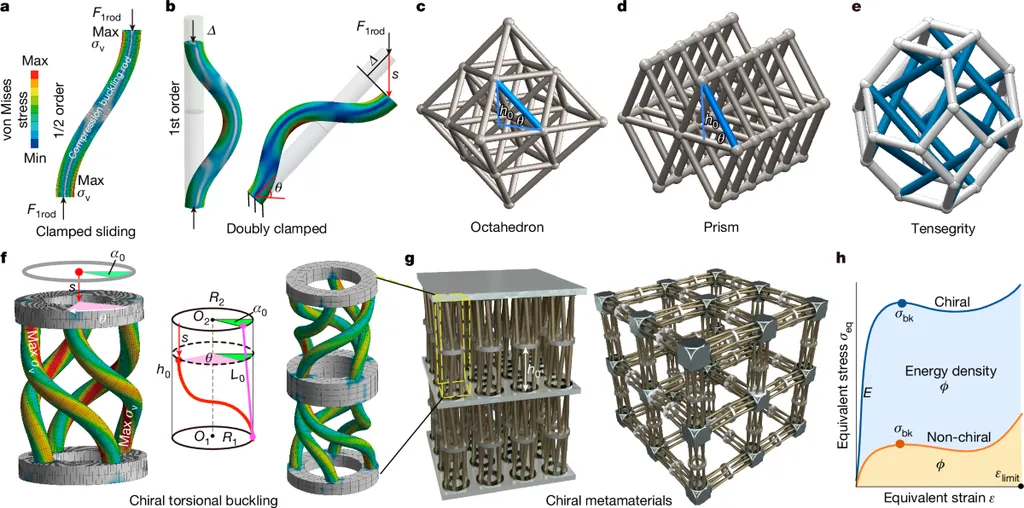In the realm of mechanical and civil engineering, understanding the torsional behavior of structural components is paramount, especially when it comes to designing load-bearing elements like shafts, curved beams, and bridge girders. A recent study published in the journal ‘Discover Materials’ (translated from Arabic as ‘اكتشاف المواد’), led by Wakkas Ali Rasheed from the Department of Mechanical Engineering at Kufa University, delves into the elastic torsion problem of circular hollow shafts, offering insights that could significantly impact the energy sector and beyond.
Rasheed and his team focused on the torsional response of hollow circular shafts, a critical aspect in the design and analysis of various engineering structures. By employing the Prandtl stress function and the boundary element method (BEM), the researchers were able to investigate the effects of eccentricity and diameter ratio on the torsional behavior of these shafts.
The study involved developing a custom FORTRAN code to solve a general differential equation, which was then validated against the exact solution of the Prandtl stress function for concentric shafts. The results showed strong agreement across the radius, with the error decreasing as the discretization became finer. This validation step is crucial, as it ensures the reliability of the method used.
The researchers analyzed diameter ratios ranging from 1.25 to 5 under a constant rotation of 5°/m. For each case, they calculated the induced torque and maximum shear stress as the eccentricity increased from 0 to 0.9. The findings revealed that the maximum and minimum Prandtl stress function values occur at the midpoint of the maximum and minimum thicknesses along the eccentric centerline. These values increase with the diameter ratio for any given eccentricity.
One of the most significant findings was the concentration of shear stresses on the thicker side of the eccentric centerline, which intensifies with higher eccentricity and diameter ratios. This insight is particularly relevant for the energy sector, where the design of shafts and other components must withstand significant torsional forces.
“The results highlight the importance of geometric parameters in torsional performance,” said Rasheed. “Understanding these parameters can help engineers design more efficient and reliable structures, which is crucial in the energy sector where the demand for robust and durable components is high.”
The study also found that torque rises with increasing eccentricity or diameter ratio, further emphasizing the need for careful consideration of these parameters in the design process. This research is a first step towards analyzing the torsion problem for non-prismatic shafts or tubes, which could open up new avenues for innovation in the field.
As the energy sector continues to evolve, the demand for advanced materials and innovative designs is on the rise. This research provides a solid foundation for future developments, offering a deeper understanding of the torsional behavior of hollow shafts and paving the way for more efficient and reliable engineering solutions.
In the words of Rasheed, “This method is the first step for the more significant topic of analyzing the torsion problem for non-prismatic shafts or tubes.” By dealing with such shafts as a series of portions of small prismatic shafts, this method can be applied to each portion, as every small portion can be assumed as a small prismatic shaft.
As the energy sector continues to evolve, the demand for advanced materials and innovative designs is on the rise. This research provides a solid foundation for future developments, offering a deeper understanding of the torsional behavior of hollow shafts and paving the way for more efficient and reliable engineering solutions.

